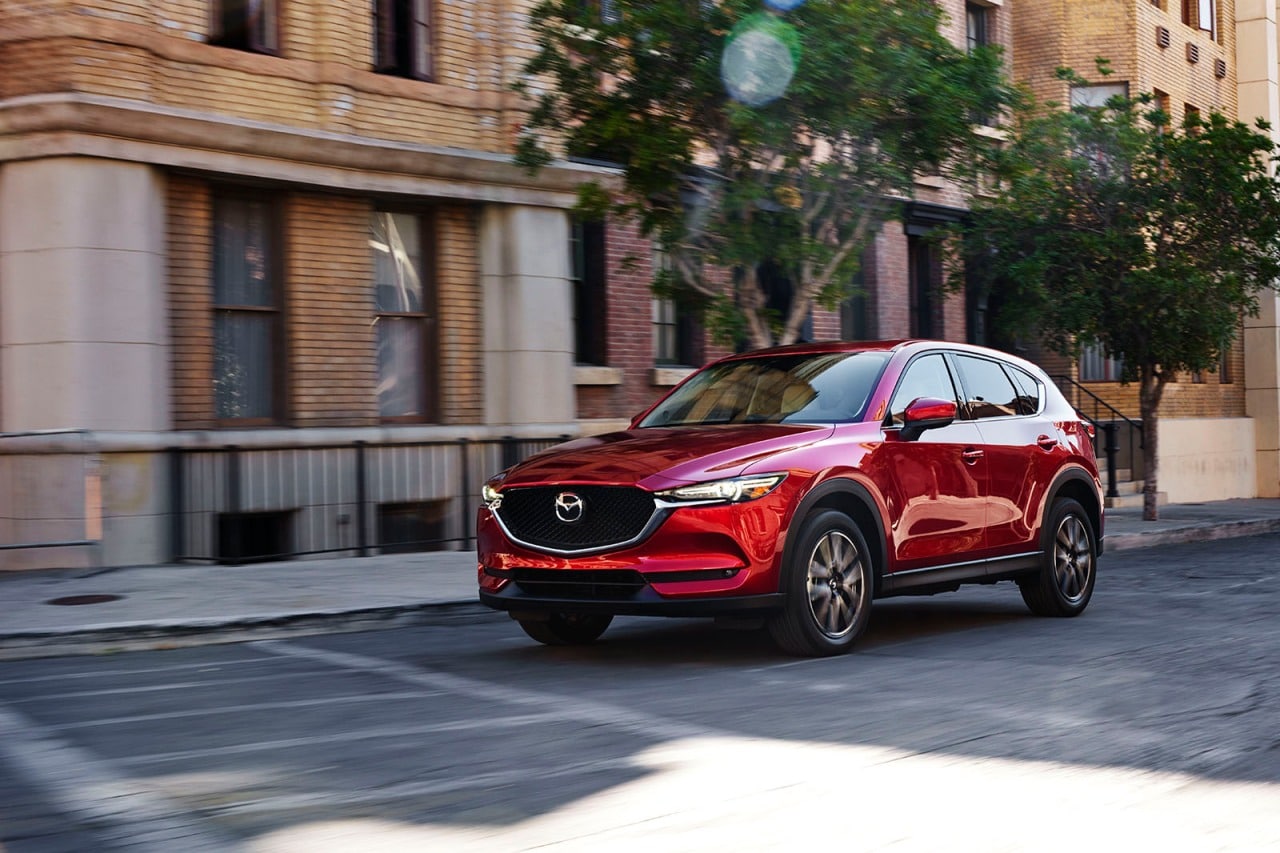When you decide to sell or trade in your car, one of the most important factors to consider is its value. The blue book value of my car refers to a commonly accepted benchmark used to determine a vehicle’s worth. Knowing this value helps you make informed decisions, ensuring that you’re getting a fair deal. But what exactly is the blue book value, and how can you use it effectively? Let’s dive into the details of how this crucial piece of information works and why it’s essential for car owners like you.
What is the Blue Book Value?

The blue book value of my car is an estimate of the car’s market value based on various factors like make, model, year, mileage, and overall condition. The term “blue book” originally comes from a guide published by Kelley Blue Book (KBB), which has been a reliable source for car valuations since 1926. Today, KBB remains a trusted authority in the auto industry, providing pricing data for both used and new vehicles.
Why is the Blue Book Value Important?
The blue book value of my car is a critical tool whether you are selling, buying, or trading in a vehicle. It helps sellers set realistic asking prices, while buyers can use it to negotiate better deals. For trade-ins, dealerships often reference the blue book value to determine how much they’re willing to offer for your car.
Knowing this value helps in many ways:
It ensures you’re not underselling or overpaying.
It helps you avoid being taken advantage of by dealers or private buyers.
It provides a reference point during negotiations, making the process smoother.
How is the Blue Book Value Calculated?
Several factors contribute to the blue book value of my car, and Kelley Blue Book takes into account multiple variables to arrive at a fair estimate. These variables include:
Make and Model: The brand and specific model of your car have a significant impact on its value. Popular models tend to hold value longer, while lesser-known models may depreciate faster.
Year of Manufacture: Newer cars generally have a higher value, but the rate of depreciation varies depending on the car’s make and model.
Mileage: The number of miles driven plays a huge role. Cars with high mileage tend to have lower values as they typically require more maintenance and repairs.
Condition: KBB assesses the overall condition of the car, ranging from excellent to poor. A well-maintained car with minimal wear and tear will have a higher value compared to one with multiple issues.
Market Trends: Car value also fluctuates based on market demand. Some vehicles may be more in demand due to fuel efficiency, technology features, or their suitability for certain climates.
How Can I Check the Blue Book Value of My Car?
To determine the blue book value of my car, you can use online resources like the Kelley Blue Book website. You’ll need to input details such as the make, model, year, mileage, and condition of the vehicle. Based on this information, KBB will provide you with a range of values, depending on whether you’re selling to a private buyer, trading it in, or buying from a dealer.
Table: Factors Affecting the Blue Book Value of My Car
| Factor | Description |
|---|---|
| Make and Model | Popular cars tend to retain their value longer. |
| Year | Newer cars usually have higher values but depreciate faster in the first few years. |
| Mileage | The more miles a car has, the lower its value due to expected wear and tear. |
| Condition | Cars in better condition, with fewer repairs needed, hold higher value. |
| Market Trends | Economic factors and car demand can cause fluctuations in value. |
| Region | Certain models may be more valuable in specific regions due to demand or terrain suitability. |
How to Increase the Blue Book Value of My Car
While the blue book value of my car depends on objective factors, there are a few ways you can improve the value of your vehicle before selling or trading it in:
Regular Maintenance: Keeping up with routine maintenance, such as oil changes, tire rotations, and brake checks, can increase your car’s value.
Clean and Presentable: A thorough cleaning, both interior and exterior, can make a big difference. Detailing your car to make it look as close to new as possible can add to its perceived value.
Fix Minor Issues: Small repairs like fixing scratches, dents, or broken lights can improve your car’s overall condition rating, increasing its value.
Keep Documentation: Having a record of all repairs and maintenance shows that you’ve taken good care of the vehicle, which can positively impact its value.
Using the Blue Book Value for Trade-Ins
If you’re trading in your car to a dealership, the blue book value of my car will be an essential tool. Dealerships often use this value to estimate what they’ll offer for your trade-in. While you may not get the full market value, understanding the blue book value helps you negotiate a fairer deal. Make sure to gather quotes from multiple dealerships to ensure you’re getting the best trade-in value.
Private Sales and Blue Book Value
When selling to a private buyer, the blue book value of my car can help you set an asking price. Private buyers typically pay more than dealerships since there’s no middleman involved. You can list your car’s price based on its blue book value and be confident that you’re offering a fair deal. Remember, potential buyers may also reference the blue book, so being upfront about your car’s condition and pricing is essential.



